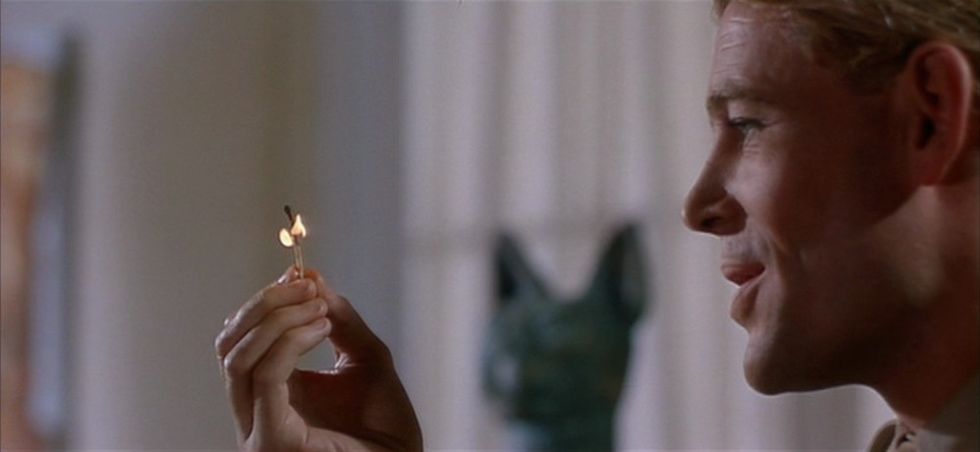Defining the Most Popular Screenplay Transitions
And showing how they should be used in your stories.

Scream VI
One of the things I have been trying to improve on in my writing is the idea of how scenes are connected to one another. For a long time, I would just write scene after scene, and assume the editor and director and cinematographer would find ways to match them together later.
But then I decided to focus more on my screenplay transitions and it opened up a new world to me. It helped me see the story more visually and start late and leave early during scenes.
So I wanted to go over the most popular transitions with you and see if they can spark something in your screenwriting journey.
Let's dive in.
What Are Screenplay Transitions?
Screenplay transitions are instructions written into a script to indicate how the film should move from one scene to the next.
They act like signposts, guiding the reader (and later, the director) on how to visualize the flow between scenes.
How to Use Screenplay Transitions

Lawrence of Arabia
film-grab.com
The screenplay should focus on the story itself. Transitions are there to enhance the flow, not overshadow it. Use them sparingly and let the action and dialogue carry the scene changes naturally whenever possible.
You don't need to write one between every scene—we just assume a new slugline is an automatic way to cut between scenes.
Most Popular:
- CUT TO: This is the workhorse of transitions, a clean shift to a new scene with no time passage implied. It is used to emphasize a cut between two scenes and usually to highlight a juxtaposition of them.
- DISSOLVE TO: A smoother transition, suggesting a passage of time or a shift in mood.
Use These Strategically:
- FLASH CUT TO: An abrupt cut to a new scene, often used to show flashbacks or create a disorienting effect.
- MATCH CUT TO: Creates a connection between two scenes by visually rhyming elements, like shapes or colors.
- SMASH CUT TO: An even more jarring cut than a flash cut, used for emphasis or to show a stark contrast.
Less Common:
- FADE IN/OUT/TO: Primarily used at the beginning (FADE IN) and end (FADE OUT) of the script, fades can also suggest a dream or memory.
- IRIS IN/OUT: An oldie but a goodie, irises open or close on a scene, putting emphasis on a specific element.
- WIPE TO: This one pushes the new scene over the old one, less popular now but can be used for a specific effect.
General Tips:
- Use transitions sparingly. Let the action and dialogue carry the flow whenever possible.
- Choose transitions with purpose. Consider the mood and the connection between scenes you want to create.
- Don't overcomplicate it. Most of the time, a simple CUT TO will do the trick.
Hopefully, this helps you think about the visuals in your screenplay and gets your writing to the next level.
Let me know what you think in the comments.
- How I Wrote a Screenplay in One Month While Balancing Work and Family ›
- How (and When) to Use Dynamic Transitions in Your Videos ›
- Five Screenplay Transition Tips to Improve Your Script from John August & Craig Mazin ›











